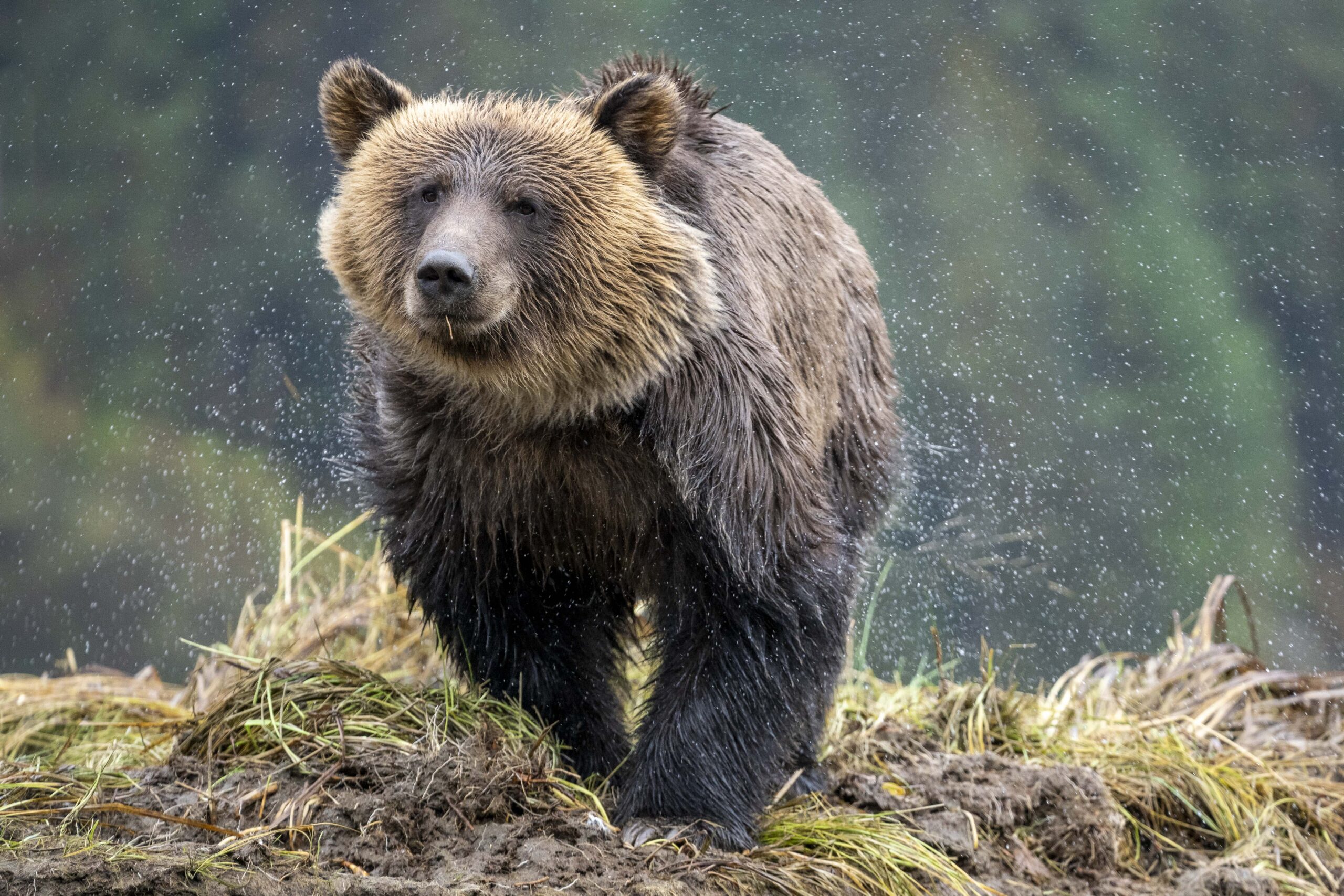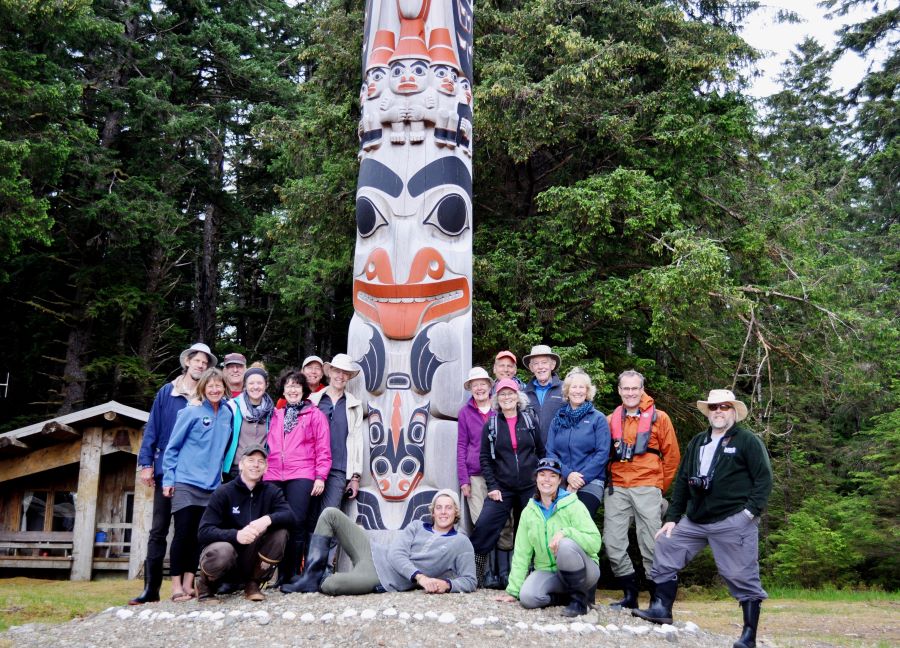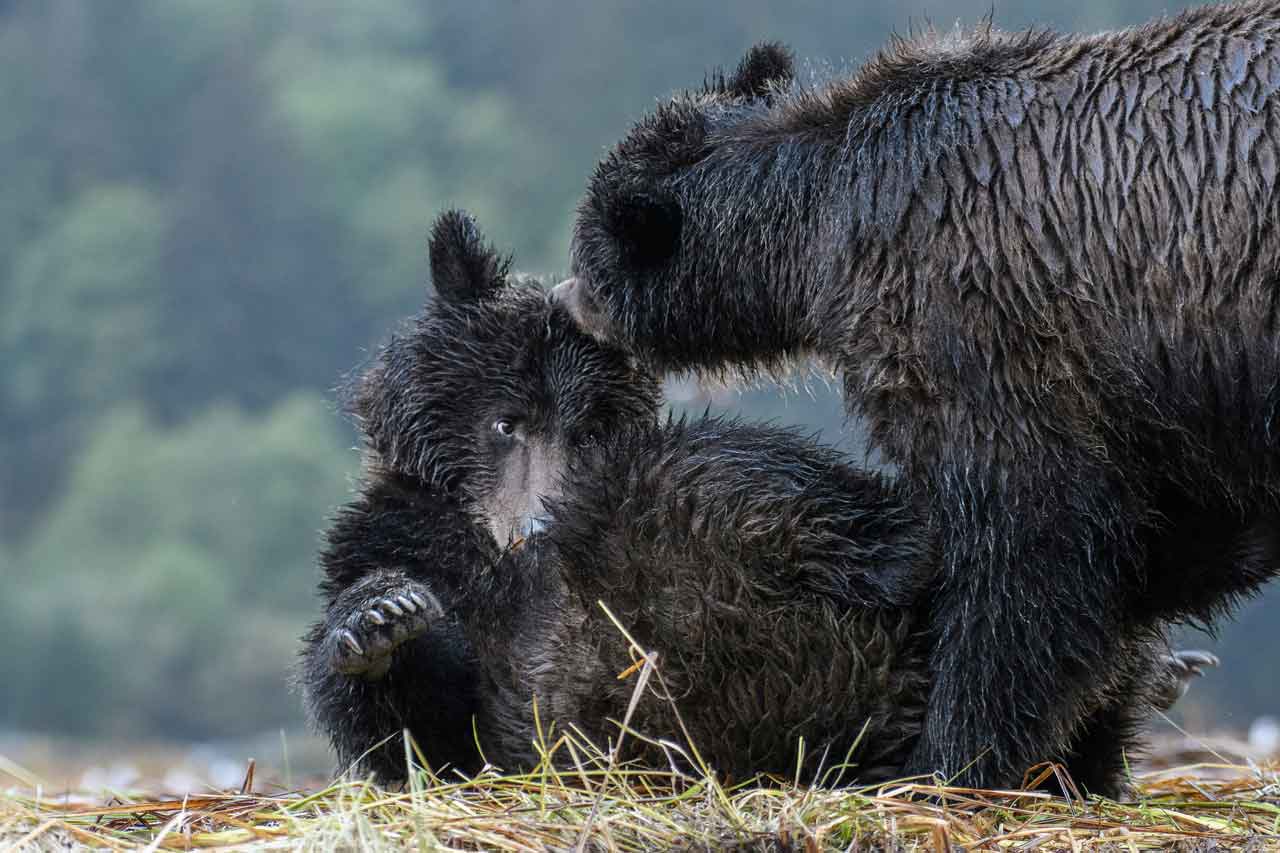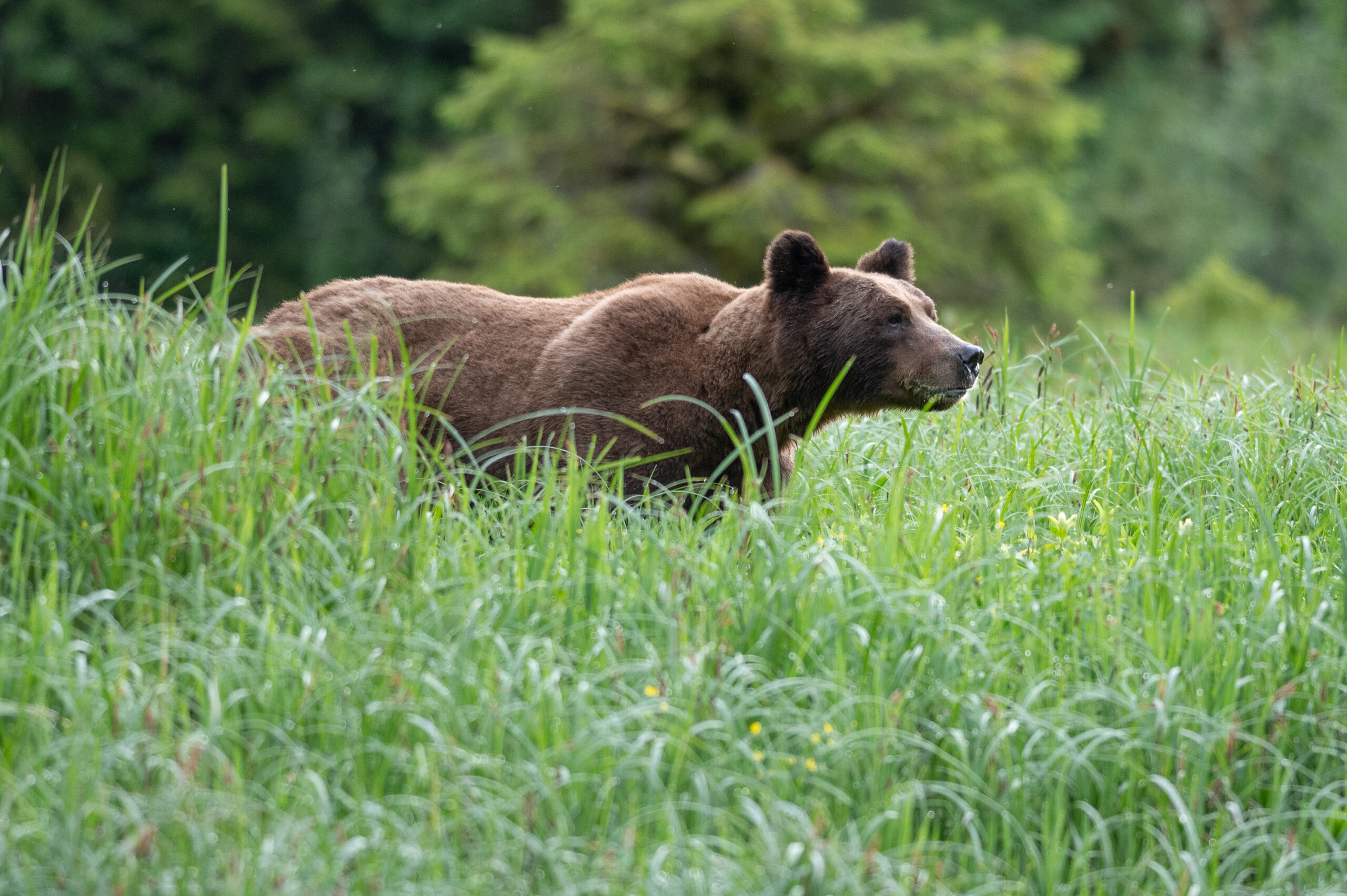Over the last several years, the number of photographers joining a Bluewater adventure, along with their splendid quiver of lenses, has increased significantly. This year, Bluewater Adventures is hosting 7 photography groups from around the world. Something that we take seriously as an eco-tour operator is viewing wildlife ethically, and we are seeing more photographers adopt this approach.
In a recent article in Canadian Geographic called ”Do Not Disturb: Practicing ethical wildlife photography”, several professionals share their photography journey. They recall the early days where they made “every mistake in the book”. Now, for many of them, ethics is a guiding factor in their approach to capturing their best shot.
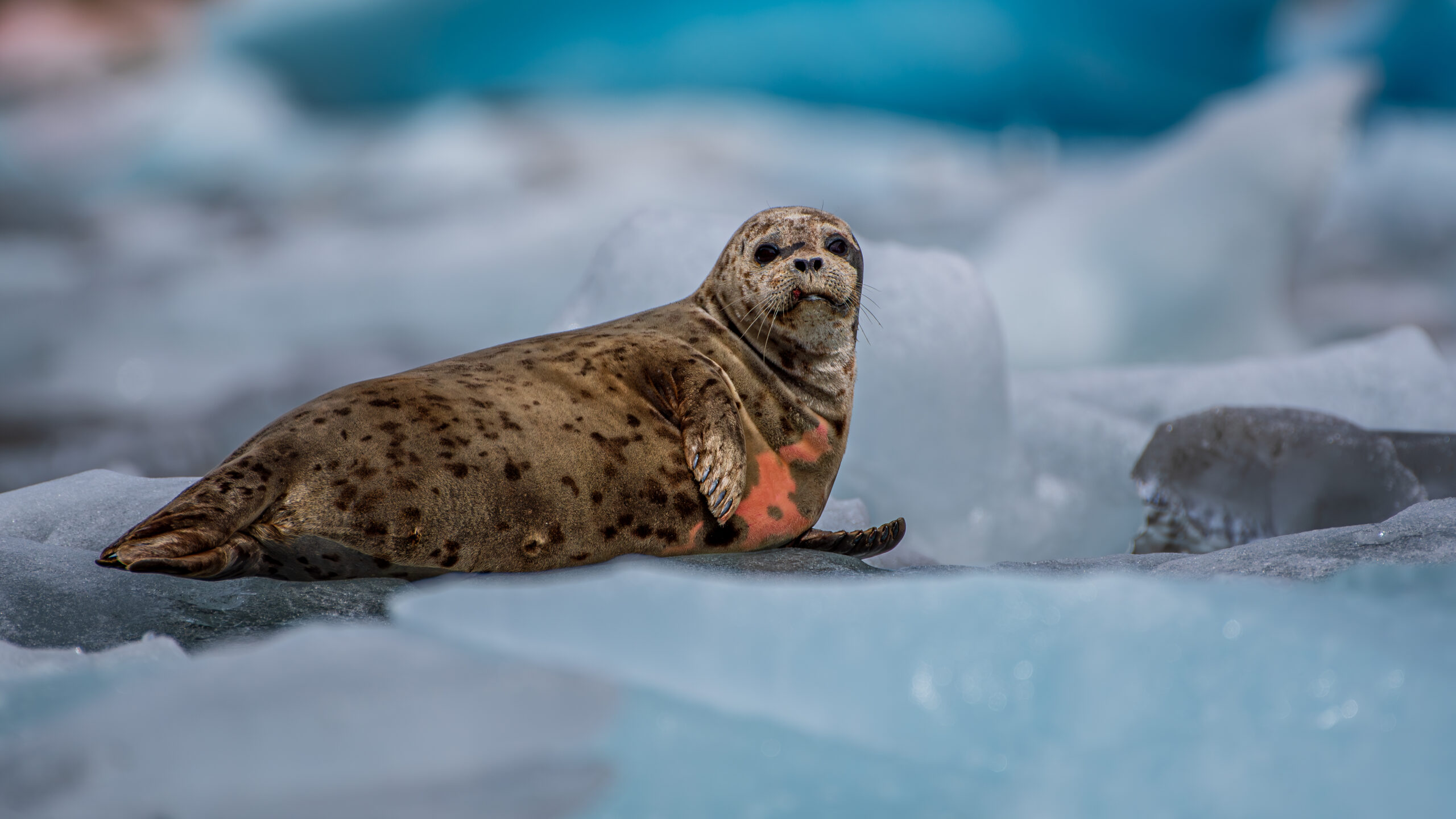
Image – Samuel Weitzman
Wildlife viewing is Bluewater Adventures’ specialty. So, when we are guiding our photography groups, our approach to wildlife must be sustainable and respectful. Our goal is to minimize any impacts that our presence might have on an animal, and we believe that these efforts net a far greater benefit for everyone involved.
Getting “as close as possible” is not our style, and thankfully there are lenses to help with that.
We observe laws and guidelines to protect marine mammals, and we practice bear viewing techniques that allow us to offer guests a quality viewing experience while minimizing the impact on the environment and the bears. The reason we feel strongly about viewing wildlife in a sustainable manner is safety – for both the animal and the observer. Ethical photography follows the same principles.
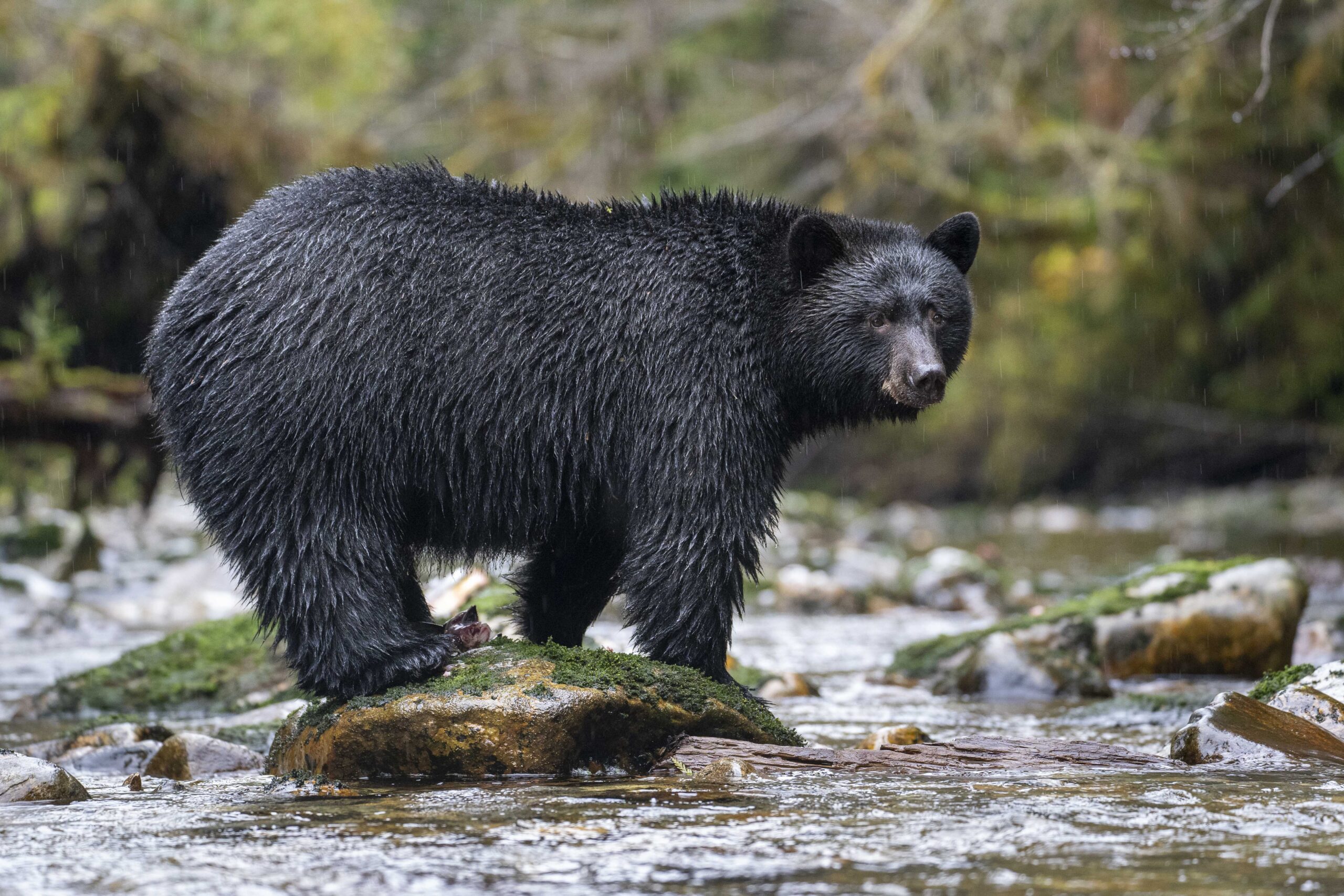
Image – Jérémy Mathieu
“As more and more people take up wildlife photography as a hobby or career, ethics and education become ever more important…”
Whatever our reasons for seeking wildlife encounters, we have something to learn from each experience. Our training and years of navigating the British Columbia and Alaska coast enables us to provide all guests with incredible opportunities to ‘capture’ wildlife going about their regular business. It’s that perfect balance that we strive for. With ethics as our compass – the raw wilderness beckons us on from one magic hour to the next.
How to Get Started on Your Photography Journey
Here are some ethical photography guidelines shared by a local conservation organization, Wildsafe BC”:
- Do not use calls to draw wildlife.
- Avoid crowding the subject and use a long lens to maintain your distance. If the animal moves away, you are too close.
- Be respectful of private property. Tread lightly and avoid damaging fragile ecosystems. Stay on trails if unsure.
- Do not stop on highways or roads where speeds exceed 60km/hr unless there is an approved pullout. This can be unsafe for fellow motorists or for wildlife if they cross traffic.
- Never feed or bait wildlife to obtain a photo (in many cases this is illegal). This includes the use of salt which may have the unintentional consequence of spreading disease.
- Do not contribute to human habituation or interfere with an animal’s natural behaviour. Research your subject so as not to interfere with an animal’s routine needs such as feeding and raising young. An animal that is stressed will expend unnecessary energy that can impact its survival and potentially that of its offspring.
